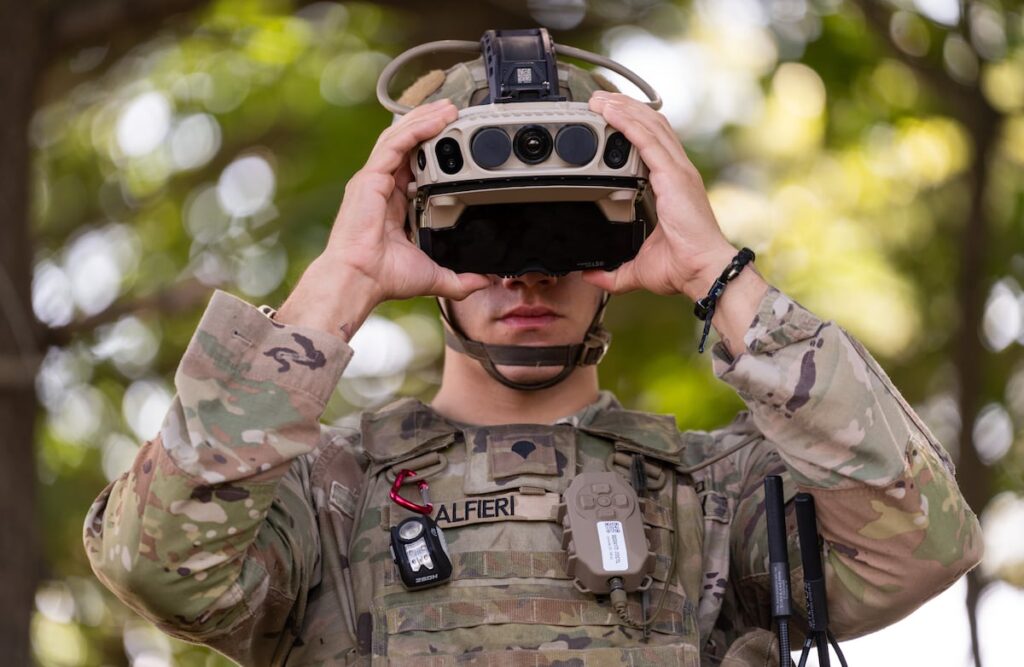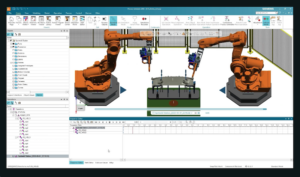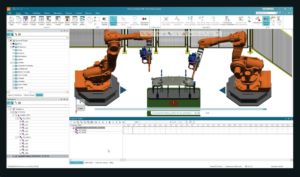
The U.S. military is advancing its soldier equipment with significant enhancements set for deployment by 2025. The Program Executive Office-Soldier (PEO-Soldier) showcased numerous upgrades, including lighter body armor and advanced medical devices, aimed at enhancing troop capability and safety. These innovations were highlighted in a meeting with Army Times ahead of the Association of the U.S. Army Annual Meeting & Exposition.
Advanced Technology in Soldier Gear
One of the standout developments is the Integrated Visual Augmentation System, now rebranded as the Soldier Borne Mission Command. This heads-up display technology is transitioning to a more compact glasses format, moving away from the bulkier goggle design. In September, Rivet announced a substantial contract worth $195 million for this project, which aims to boost situational awareness and mission command for dismounted units at the company level and below. Additionally, Anduril received a $159 million contract for developing a night vision and mixed reality system, with both companies expected to deliver 70 systems for evaluation by March 2024, according to Lt. Col. Mark May.
PEO-Soldier is also exploring loitering munitions with its Purpose Built Attritable Systems, which include a kit featuring quadcopters in two sizes. This system can serve as a one-way attack drone or be configured to drop munitions. Lt. Col. Will Taylor emphasized that this technology differs significantly from traditional drones, stating, “I wouldn’t say you fly this, you shoot it.” The larger Switchblade 600 loitering munition, which carries a Javelin warhead, has already been fielded in 138 units, with an order of 1,600 units on the way.
Enhancements in Soldier Safety and Comfort
On the protection front, the new Lightweight Small Arms Protective Inserts (LSAPI) offer the same ballistic protection as the Enhanced Small Arms Protective Inserts (ESAPI) but at a reduced weight, saving soldiers 3.5 pounds. In September, the Army awarded $65.5 million in contracts to Hardwire LLC and Leading Technology Composites, Inc. for the production of 72,179 LSAPI plates. This marks a significant step in enhancing soldier safety without compromising mobility.
Further improvements include new helmet pads designed for better fit and comfort, alongside reconfigured side rails for attaching tactical communications and hearing protection gear. These innovations aim to provide soldiers with a more customizable and effective experience in the field.
For operations in cold environments, PEO-Soldier is testing a range of tactical clothing, snowshoes, and skis. There are plans for a unit to be fully equipped with this gear by fiscal year 2028. Meanwhile, soldiers from the 3rd Brigade, 25th Infantry Division and the 3rd Brigade, 82nd Airborne Division are evaluating a new poncho designed to protect against electromagnetic detection.
Medical Innovations for Enhanced Field Care
The latest additions to soldier medical capabilities include the innovative Sparrow ventilator, which automates respiratory support for injured soldiers, allowing medics to focus on other critical tasks. Additionally, blood coolers and freezers have been introduced at the tactical level, enabling medics to create ice packs for blood transportation in the field. A blast overpressure monitoring system is in development, designed to track cumulative blast exposure throughout a soldier’s service. Moreover, a medical trauma sensor is being created to provide real-time data on vital signs such as blood oxygen saturation and pulse rate, streamlining the identification of medical issues.
These advancements in soldier gear not only reflect the military’s commitment to enhancing operational efficiency but also underscore the importance of safety and well-being for personnel on the front lines. As these technologies continue to evolve, the impact on troop capabilities in various environments is expected to be significant.






